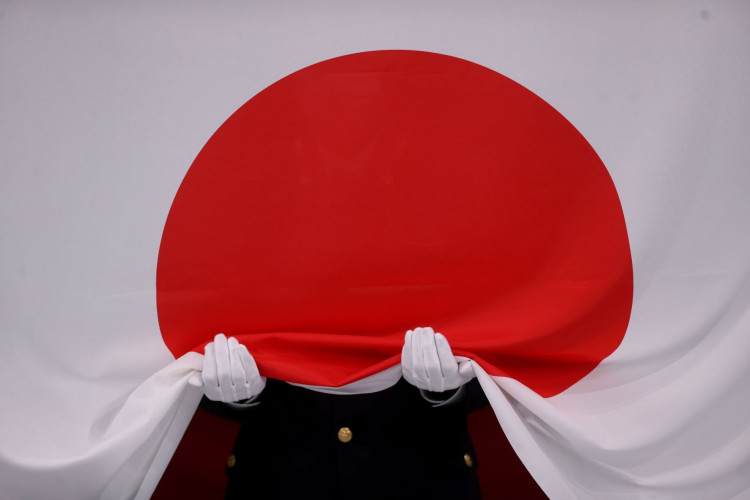The Japanese government has significantly revised its "Three Principles on the Transfer of Defense Equipment," lifting the ban on exporting lethal weapons. Now, Japan is permitted to export licensed weapons to "like-minded" source countries with licenses. Among the first batch of weapons authorized for export are Patriot missiles, which will be sent to the United States. This revision only allows Japan to export components of lethal weapons developed jointly with other countries, not the finished products directly.
According to Japan's "Mainichi Shimbun" on December 22, the Japanese Self-Defense Forces have 79 types of licensed equipment, 32 of which have been licensed by the United States, and the remaining 47 by seven countries including the UK and Germany. Currently, the United States is the only country that has requested weapons from Japan.
Japan's "Three Principles on the Transfer of Defense Equipment," established in 2014, marks another significant relaxation in Japan's stance on weapons exports. As a country defeated in World War II, Japan was required to undergo demilitarization. In 1967, then-Prime Minister Eisaku Sato proposed the "Three Principles on Arms Exports," completely prohibiting the export of weapons from Japan.
Entering the 21st century, Japan developed missile defense systems and various weapons in cooperation with the United States, rendering the "Three Principles on Arms Exports" effectively obsolete. It wasn't until Shinzo Abe, a descendant of Eisaku Sato, became Prime Minister in 2014 that the Japanese government abolished these principles and replaced them with the "Three Principles on the Transfer of Defense Equipment," significantly easing decades-long restrictions on exporting weapons and technology. These principles stipulate that defense equipment should not be exported to parties that clearly hinder the maintenance of international peace and security; the circumstances under which exports are permitted are limited and strictly reviewed; and when exported defense equipment is used for purposes other than intended or transferred to a third country, prior consent from Japan is required and placed under proper management.
The Kishida government has explained this latest modification, stating that the growing military strength of other countries in the region poses a threat to Japan, and ensuring the export of defense equipment is a key policy tool for maintaining regional peace and stability.
Due to armed conflicts worldwide and the resulting strain on U.S. weapons stockpiles, U.S. officials highly regard this modification. U.S. National Advisor Sullivan expressed that this move will help maintain Japan's security and peace and stability in the Indo-Pacific region.
However, Professor Hideki Uemura of Ryutsu Keizai University criticized the move, arguing that lifting the ban on exporting lethal weapons signifies Japan's official status as a weapons exporter, which contradicts Japan's recent image as a peace-loving nation. In response, Prime Minister Fumio Kishida stated that all weapons would undergo strict scrutiny before export and emphasized that Japan's peace-loving stance would not change.
Indeed, Japan has gradually broken through its post-World War II limitations on using military force solely for self-defense since the beginning of the 21st century. On the same day, December 22, the Japanese cabinet also approved an annual defense budget of 7.95 trillion yen (about 56 billion USD), setting a new record high. If approved by the parliament, this will mark the 12th consecutive year of increased military spending by the Japanese government.
The government plans to allocate this budget primarily to the deployment of missiles outside its defense zone, aiming to counter China's long-range cruise missiles.
According to the five-year military construction plan set by the Kishida government last year, Japan aims to invest a total of 43 trillion yen in military spending over the next five years. By 2027, Japan's defense spending is expected to reach 2% of its GDP, making it the third-largest military spender after the United States and China.
Just five days ago, Japan, the UK, and Italy signed an agreement to jointly develop stealth fighter jets. If the Japanese government continues to relax weapons export restrictions in 2024, allowing the export of finished lethal weapons developed in collaboration with other countries to third-party nations, Japan will undoubtedly succeed in promoting the export of such offensive equipment.






